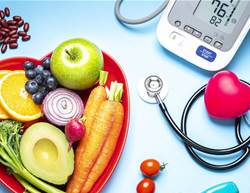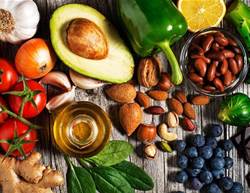When we eat, we stash the kilojoules we don’t use in tiny storage containers called fat cells, which was very handy back when food wasn’t available 24/7. “A healthy-weight woman can survive for a month just by drawing on the energy in her fat cells,” says Dr D. Michael Jensen, an endocrinologist who studies body fat distribution. But thanks to our desk jobs and Uber Eats, our fat cells tend to stockpile extra kilojoules, which means they may start bursting at their seams.
This is when the problems start. Not only do overly puffed-up fat cells puff us up, but they also begin to malfunction. Fat cells help regulate hormones and immunity, but when they get too big, they react differently, disrupting insulin regulation (leading to type 2 diabetes) and causing chronic inflammation (tied to heart disease and cancer). And when the cells are at max capacity, fat collects in and around our internal organs, causing major issues.
But fear not. “While it can take a while to get rid of excess fat, you can make it happen,” says Dr Aaron Cypess, PhD, who researches the behaviour of fat in the body.
Here’s the deal with body fat – and we bust some myths about how to lose it, if you feel you need to.
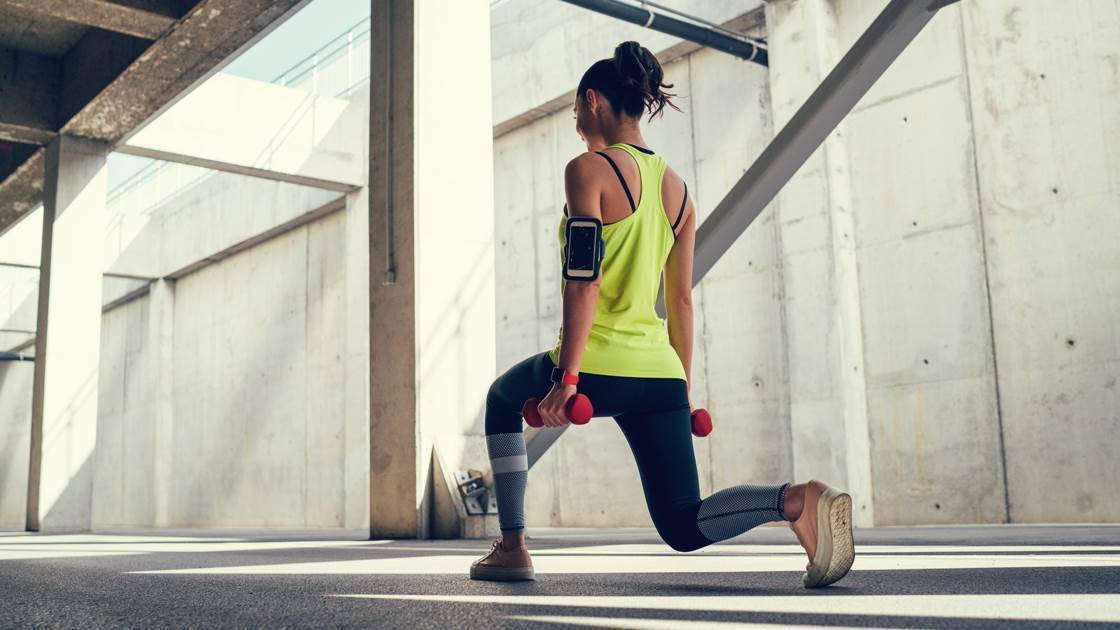

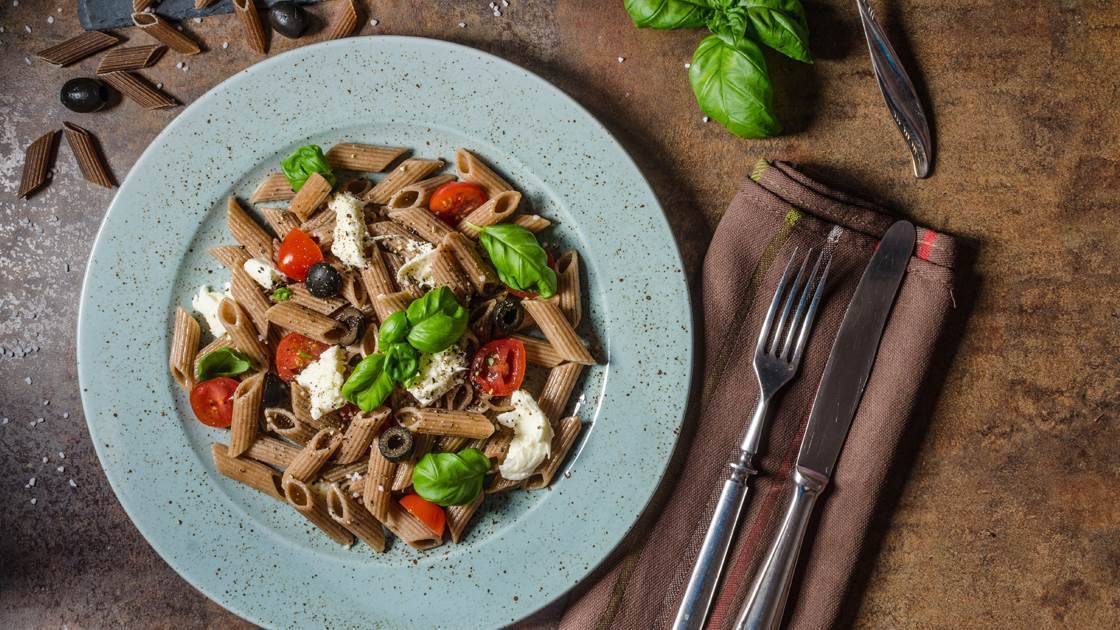

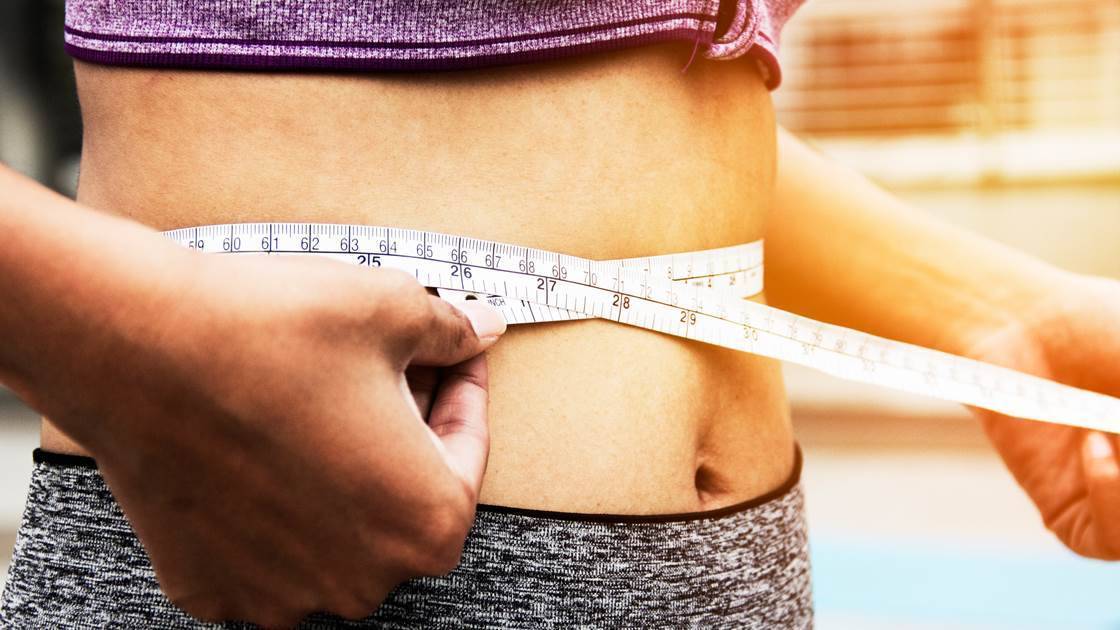

YES, you can drop fat all over your body by exercising.
Moderate-intensity exercise (think 30 to 60 minutes of brisk walking, jogging, swimming or cycling) prompts muscles to burn glucose in your bloodstream. When that happens, your insulin levels drop, which tells your fat cells to release some of what they’re storing. High-intensity interval training (HIIT), where you do bouts of all-out effort, speeds up this process. “It initiates an adrenaline response, which prompts fat cells to respond within minutes,” Dr Jensen says. Both kinds of exercise will drop fat; HIIT is just faster.
NO, you can’t control which area slims down.
While cells in some parts of your body will likely let go of fat more quickly than others, it is highly individual, says Dr Cypess. “Exercise may help one person lose fat in the belly first; for another, it might be the butt,” he says.
YES, whole foods and complex carbohydrates will help you lose fat.
Foods that race through your system (like highly processed, low-nutrient junk) make a beeline for your fat cells. But because your body needs more time to break down foods with lots of fibre and complex carbs, those foods have a better shot at getting used before they get stored.
NO, there’s no magic fix.
Cellulite creams can’t reshape the way your fat has formed under the skin. And while liposuction and fat-freezing procedures may remove or destroy fat cells, your remaining fat cells get fatter unless you keep kilojoules down.
YES, losing weight slowly gives you the best shot at maintaining that fat loss.
“Generally speaking, a body will tolerate more subtle adjustments without trying as strongly to counteract them,” Dr Cypess says. Extreme weight loss signals to your body that you’re going to starve, so it scrambles to put weight back on. “If you’re 10 kilos overweight, you should have a five-year goal, not a five-week goal,” he says.
NO, there aren’t specific foods that burn fat.
Regardless of what you eat, food travels to your intestines, where bile breaks it down, and whatever isn’t used or excreted is repackaged for storage. This happens more slowly with whole foods, but it’s not as if, say, you’ll burn fat faster eating almonds than eating Brazil nuts.







